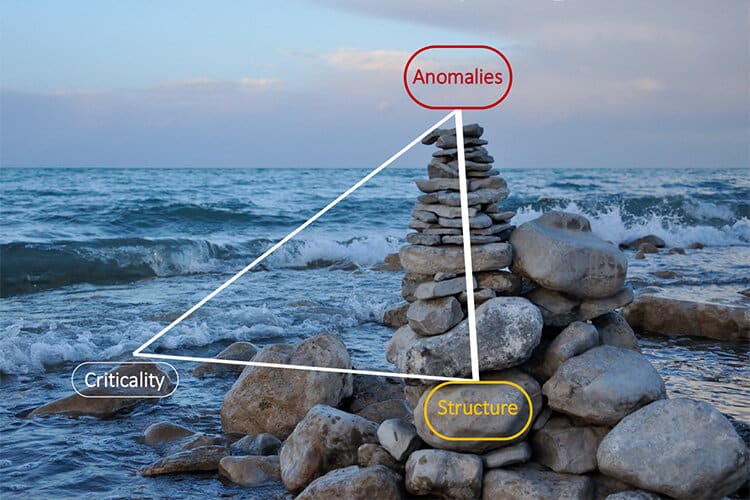Water’s uniqueness could be described with Tetrahedra
Speculative data to probe the probability that supercooled water has a liquid-to-liquid phase shift between tetrahedrally structured and disordered forms sorted by the scientists at the Institute of Industrial Science, the University of Tokyo. The team uncovered evidence of a critical point on the basis of the cooperative development of tetrahedra and also showed its insignificant role in water’s abnormalities. This study shows that rare qualities of water – which are necessary for life – arise from mostly from the two-state attribute.

Liquid water is vital for life as everyone understands it, but much of its characteristics do not adapt to the way other fluids act. Few of these anomalies, like the optimum density of water at 4°C and its huge heat capacity, have significant effects on living things. The beginning of these functions has triggered intense discussions in the scientific community.
Presently, researchers have utilized a two-state design that sets the dynamical conjunction of
2 kinds of molecular structures in liquid water. These are the acquainted disordered normal-liquid structure and also a locally preferred tetrahedral structure. Similar to lots of other phase transitions, there might be a “critical point” at which the correlation between tetrahedra takes a power-law type, which refers that there will no more be any kind of “typical” length range.Utilizing computer simulations of water molecules, with a thorough evaluation of thermodynamic, dynamic, and experimental structural data – consisting of density, compressibility, viscosity, and X-ray scattering measurements. The scientists were able to limit where a critical point needs to be if it exists.
Rui Shi, the lead author, claimed that a liquid-liquid phase transition with a critical point is feasible under these situations if the development of tetrahedral structures in liquid water is cooperative.
The researchers noted that this takes place nearly at -90°C and a pressure of around 1,700 atmospheres. Studies in this variety are exceptionally tough as the water is thus far listed below its normal freezing, ice crystals can swiftly form. Nevertheless, at really high pressures, the samples can stay liquid in a metastable “supercooled” state.
Hajime Tanaka, the senior author, stated that they saw proof that the critical point is real; however, its impact is relatively insignificant in the experimentally available area of liquid water since it is too far from the critical point. This implies that water’s anomalies arise from the two-state function and not from critically. The scientists anticipate that this study will certainly bring about the combining of the lengthy discussion on the source of water’s anomalies and an even more speculative study to access the second critical point of water.
Water’s uniqueness could be described with Tetrahedra

















































